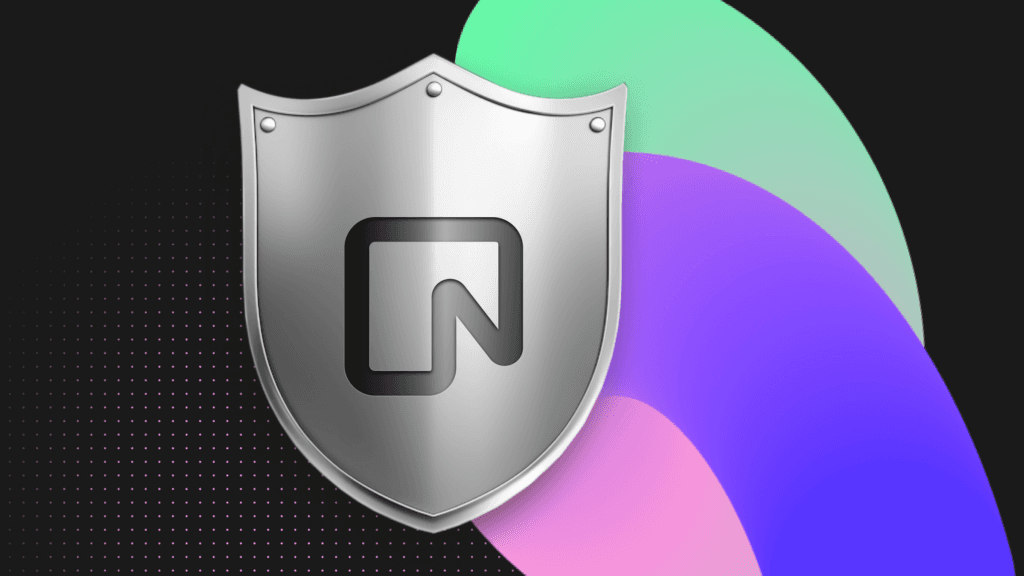We updated our Privacy Policy

At Neon, we are committed to safeguarding your privacy and ensuring your personal information is handled with the utmost care and security. As part of our ongoing efforts to protect your data and maintain transparency, we are pleased to inform you that we have updated our Privacy Policy.
Privacy Policy
Our updated Privacy Policy reflects our dedication to your privacy and aligns with the latest data protection regulations. These changes have been made to provide you with clearer information about how we collect, use, and protect your personal data, as well as your rights and choices regarding your information.
Here are some key highlights of the changes:
- Transparency: We have enhanced the clarity of our Privacy Policy to make it easier for you to understand how your data is processed.
- Data Usage: We have outlined in more detail how we use your data to provide you with a better and more personalized experience.
- Your Rights: You have the right to access, correct, or delete your personal data. Our Privacy Policy now includes information on how to exercise these rights.
- Data Security: We continue to invest in the security of your data. Our updated policy includes information on the measures we take to protect your information.
Review the full updated Privacy Policy here.
To further assist you in understanding how we use and protect your personal data, we have put together this Privacy Guide.
Our full list of Sub-Processors is available, and you can stay up to date by signing up for notifications to our subprocessor list.
We want to assure you that your data privacy remains our top priority, and we will continue to implement measures to protect your personal information.
If you have any questions or concerns about our Privacy Policy, Subprocessors, or how your data is handled, please do not hesitate to contact our dedicated Privacy Team at privacy@neon.tech.
The Privacy Policy goes into effect on October 6th, 2023. By continuing to use Neon and access our website, you agree to these changes.
We appreciate your continued trust in Neon and thank you for being a valued customer. Your satisfaction is our priority, and we will continue to work diligently to provide you with the best possible experience.
















 Autoscaling is a
Autoscaling is a 




